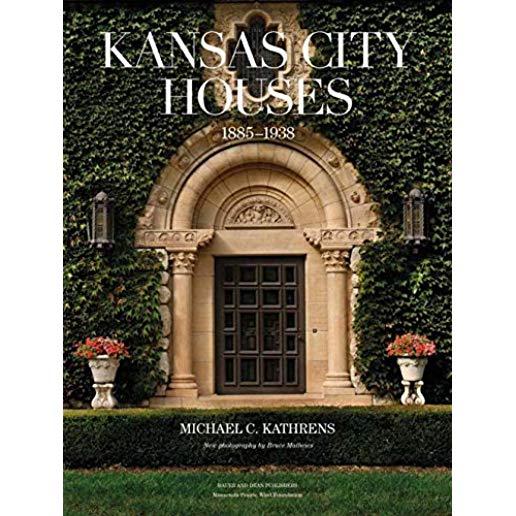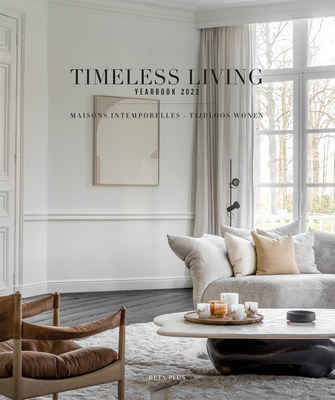
"And, wow, what treasures Michael Kathrens's beautiful book brings out of this city's neighborhoods... some of the most magnificent homes in the country."
-William O'Connor, Daily Beast
2019 Osmund Overby Award, Missouri Alliance for Historic Preservation
House lovers have cherished Michael C. Kathrens's survey of historic homes in Kansas City, another important volume documenting 19th- and early-20th-century high-end residential architecture in America. The third printing of Kansas City Houses is now available (coinciding with the release of Michael C. Kathrens's most recent book, Newport Cottages 1835-1890: Summer Villas Before the Vanderbilt Era). Readers can once again marvel at the beauty and craftsmanship of the midwestern gems they discover inside. Built between 1880 and 1930--the city's boom years--these houses, mostly in revival and Beaux Arts styles, reflect the outsized fortunes of the influential Kansas Citians who built them and speak to the importance of this Midwestern metropolis.
Among the forty superb homes featured--each well documented with archival and new photography as well as floor plans--are Oak Hall (1887) built for newspaper publisher William Rockhill Nelson, whose fortune helped establish the Nelson-Atkins Museum; the magnificent Corinthian Hall (1910), the classical mansion built by Henry F. Hoit for lumber baron Robert A. Long; the modern masterpiece designed by Edward W. Tanner for Walter E. Bixby of Kansas City Life Insurance, with Kem Weber's widely admired interiors; Bernard Corrigan's mansion (1913) designed by Louis S. Curtiss with a nod to the Vienna Secession; and two beautifully eclectic houses by local architect Mary Rockwell Hook, one of the first women to study at the École des Beaux-Arts in Paris.
Kathrens's authoritative yet accessible text is complemented throughout by drawings, floor plans, archival images, and newly commissioned photographs--a treat for architectural scholars and enthusiasts alike.







